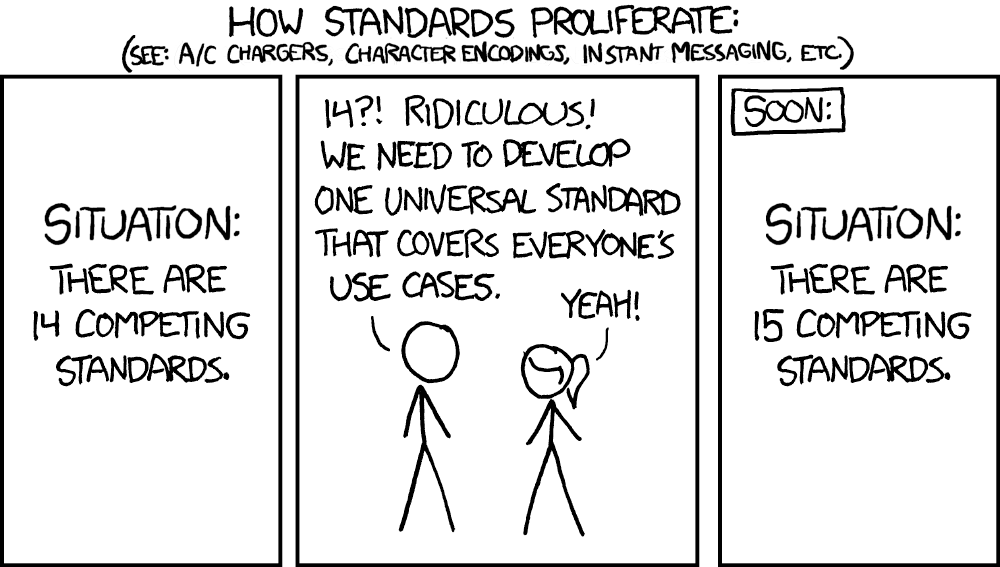Originally posted by ehopperdietzel
View Post
I looked a little bit into your code and was surprised to see that you are still using raw pointer for ownership. And even std::list and Pimple.
The whole framework reminded me a little bit to Qt. But that was designed 20 years ago and today people would use different pattern.
Is there a reason that you chose this old pattern for a new C++ library?


Leave a comment: